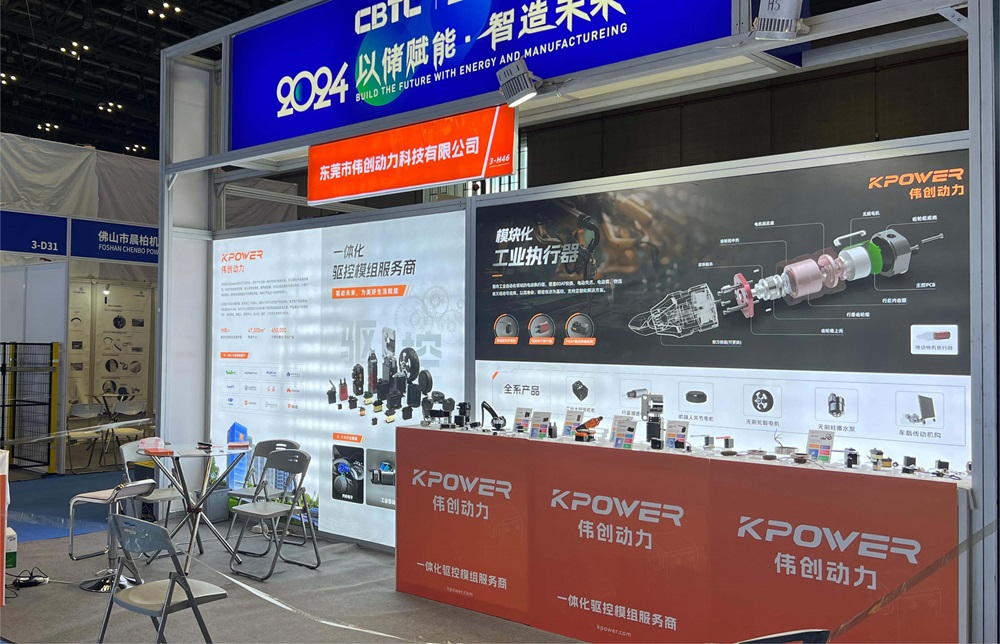Sure, here’s a lively, casual yet insightful piece comparing CNC servo motors and stepper motors, hitting your points on tone, style, structure, and originality:

When you're diving into the world of CNC machines or automation, one thing pops up almost immediately—servo motors versus stepper motors. It’s like choosing between a sports car and a truck. Both can get you somewhere, but the experience, the purpose, the feel—completely different.
Let’s start with the basics. Stepper motors, they’re the reliable workhorses. Simple, straightforward, and relatively inexpensive. They move in precise steps—like a satisfied elevator that stops exactly where you want it without fuss. That’s why you see them everywhere, from 3D printers to small CNC setups. They don’t need complicated feedback systems, so wiring up a stepper makes you feel like you’ve just assembled a pretty neat puzzle. But here’s a catch—stepper motors struggle a little with high speeds or heavy loads. They tend to miss steps if pushed too hard, which can mess up precision down the line.
Servo motors, on the flip side, are like the athletes of the motor world. They demand more investment upfront—more complex controllers, sensors, the whole shebang. But once set up, they’re smooth operators. They respond faster, provide higher torque, and keep their position with intense accuracy. Ever watched a CNC router inch its way with no jitter at high RPMs? That’s a servo doing its thing. They’re perfect when your project needs quick, frequent changes or when demanding high performance with consistent precision.
Now, the real deal: cost. No surprise, servo motors are pricier. But if you think about it, that extra cash buys you reliability and efficiency at an entirely different level. And what about energy consumption? Servos tend to be smarter about it, adjusting power as needed, while steppers might gobble more electricity just holding their position.
And here’s a question that pops up more than a few times: “Could I just swap out my stepper for a servo?” Well, sure, but it’s not exactly plug-and-play. The control system, wiring, sometimes even the mounting—everything can differ significantly. It’s like upgrading your bicycle to a motorcycle. Exciting, but not necessarily a simple switch.
So, which one should you go for? If your project is light-duty, or runs in a controlled environment, stepper motors might be enough. They’re budget-friendly and easy to maintain. But if you crave precision, speed, and durability—even under heavy loads—servo motors turn out to be the powerhouse you’re looking for.
Think about that moment when the machine runs flawlessly, glass-smooth motions, no jitter, no missed steps—pretty satisfying, right? That’s what servo motors deliver. Still, every choice depends on your specific needs, budget, and future plans. And if you’re still unsure? Well, sometimes, a chat with the tech team can clarify which route aligns best with your internal projects.
Getting the right motor isn’t just about the specs—it's an investment in how smoothly your production runs. Because at the end of the day, what makes the difference isn’t just hardware, but how well it integrates into your workflow. And that's where understanding the ins and outs of each motor type pays off.
Established in 2005, Kpower has been dedicated to a professional compact motion unit manufacturer, headquartered in Dongguan, Guangdong Province, China. Leveraging innovations in modular drive technology, Kpower integrates high-performance motors, precision reducers, and multi-protocol control systems to provide efficient and customized smart drive system solutions. Kpower has delivered professional drive system solutions to over 500 enterprise clients globally with products covering various fields such as Smart Home Systems, Automatic Electronics, Robotics, Precision Agriculture, Drones, and Industrial Automation.




































